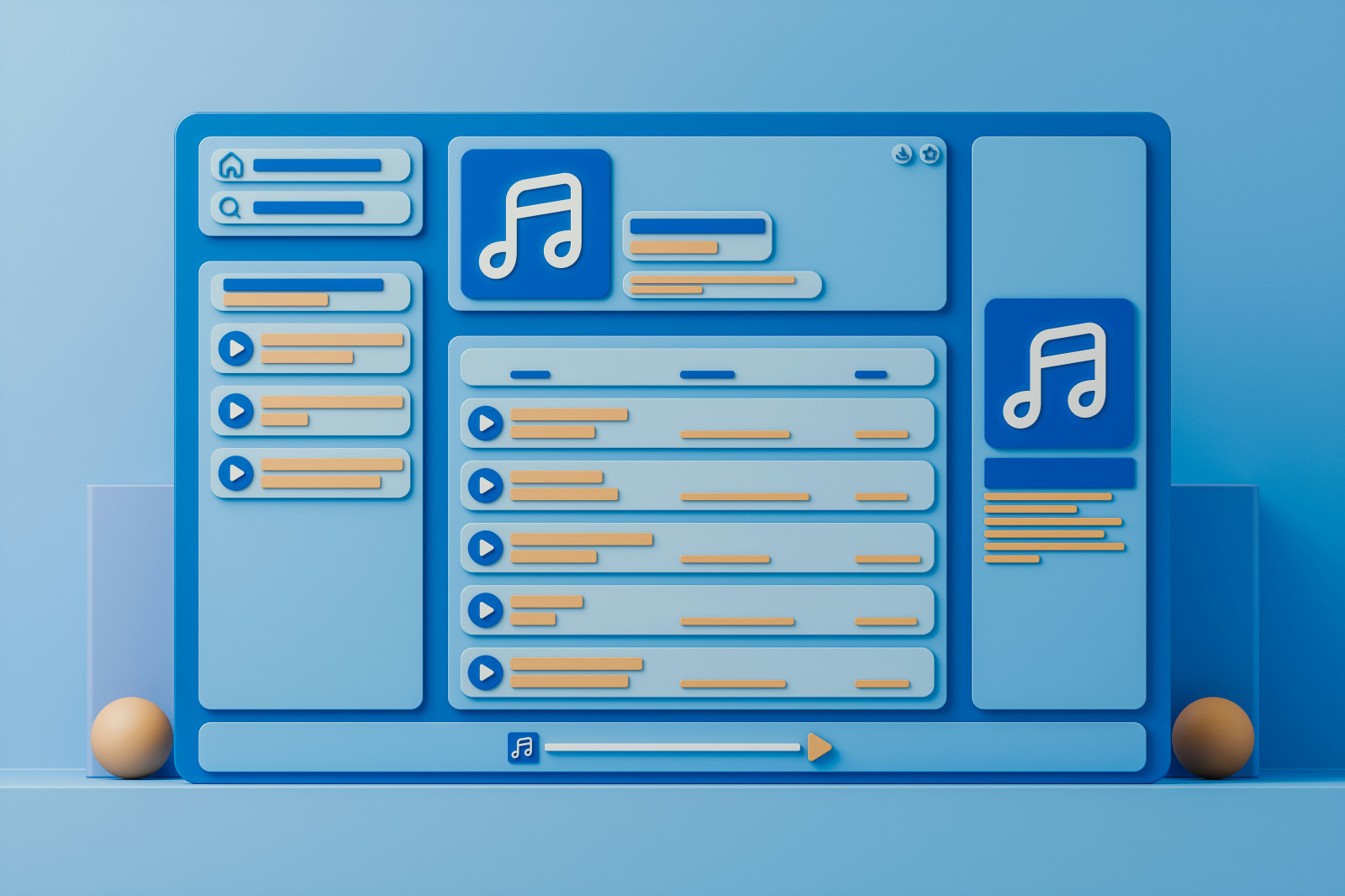Music discovery is not dead, just evolving – the industry needs to evolve with it

Photo: Alex Shuper

Music streaming algorithms have changed the way we listen to music – for better and for worse. While the radio used to be the main way to find new music, streaming and social algorithms now drive discovery as listeners crave (and have come to expect) more personalised recommendations. The shift to algorithmic music discovery is more pronounced for 16-24-year-olds – their top music discovery method is TikTok, followed by YouTube, streaming, and social media, while less than 10% discover from TV / film or personal recommendations. Conversely, radio is declining as a top discovery method. Nearly half of consumers included radio in their top three discovery methods in 2022, but a little over a third of consumers include it in their top three now (source: MIDiA Research Consumer Survey Q3 2022, Q4 2024). While radio is still a more popular top discovery method than streaming or social media among all consumers, this downward trend hints that it may not be the case for much longer.
As music listening fragments, discovery does, too
The hyper-personalisation of “For You” playlists can make listeners feel isolated from others – when everyone is unique, there is little shared experience. This shift towards hyper-personalisation can be seen in the rise of “micro-genres”. Spotify’s genre database reportedly has over 6,000 genres, from nu metal and phonk to dungeon rap and North Alabama indie. While personalised algorithms expose listeners to music that they may not have found on their own, they also risk trapping listeners in an “algorithmic bubble”. Each user is served their own cocktail of selections (of which there is an ever-growing number), making it harder to find community with fans. After all, why interact with “happy hardcore” listeners when you are more of a “freeform hardcore” fan?
It is no secret that algorithmic playlists encourage passive music discovery. Listeners may technically discover music they enjoy as the algorithm serves it to them but may not actively engage with those discoveries (i.e., by saving and returning to them), leading to less repeat listening. This also makes users more dependent on algorithms – when consumers are constantly served new recommendations, they may be overwhelmed by choice, leading them to rely more on the algorithm to make the choices for them, creating a cycle. While the shift towards passive discovery may help streaming services and drive streams to more tracks than ever, it appears to contribute to less artist discovery, especially among younger consumers. While listening to the artists’ other songs is the most popular post-music-discovery action among all consumers, it is in second place among 16-24-year-olds – beaten by listening to the song on repeat.
Algorithms have changed how we discover music, but also where we discover music. In the past, music discovery was confined to a handful of spaces and platforms. However, as consumption fragments, so does discovery – there is no longer one central place to find new music. For instance, while TikTok was the most popular music discovery method among 16-24-year-olds, less than a quarter of 16-24s ranked it as their top discovery method. Furthermore, the penetration difference between the first and third most popular discovery methods for 16-24s was less than 10 percentage points (source: MIDiA Research Consumer Survey, Q4 2024). It may look like music discovery is not happening anymore, but it is – just in different, and more, places than before.
Featured Report
Streaming strongholds High-potential markets for global music players
While the balance of music streamers continues to tip towards global south markets, their smaller ARPU rates limit their revenues. Meanwhile, periodic price-rises and the advent of supremium will reinforce the contributions from the West. This report highlights streaming strongholds, those markets which, underscored by high music engagement and his...
Find out more…Discovery has changed – and the industry must catch up
The shift from discovery via radio to discovery via socials has diminished the influence of traditional “music gatekeepers” but has provided space for new tastemakers to emerge on social platforms. These modern disc jockeys, who run accounts dedicated to music recommendations on platforms like TikTok and Substack, are helping drive active music discovery for a modern, social-focused era. With socials as the new place for discovery, artists and labels can get a fuller picture of who their audience is – social algorithms consider users’ tastes including and beyond music, creating a more three-dimensional profile of a listener than basic user demographics and music preferences alone. This makes it easier for labels to thoughtfully cater to scenes instead of marketing artists based on incomplete insight into their fanbases.
However, artists and labels must adapt to this new era of music discovery. The previous strategies to drive discovery are not working anymore – chasing virality and streams is not leading to wider artist discovery and sustainable success, especially as streaming has a growing number of tracks to recommend. Streams do not equal discoveries – the industry needs new metrics to measure an artist’s influence. Scenes-focused marketing is the solution here. Instead of trying to scale as much and as quickly as possible by being on all platforms at once, marketers should take a more tailored approach and focus on where each artist’s biggest fans are discovering their music. Instead of waiting for listeners to go back to how they used to discover music, labels need to adapt to how they are discovering music now.

The discussion around this post has not yet got started, be the first to add an opinion.